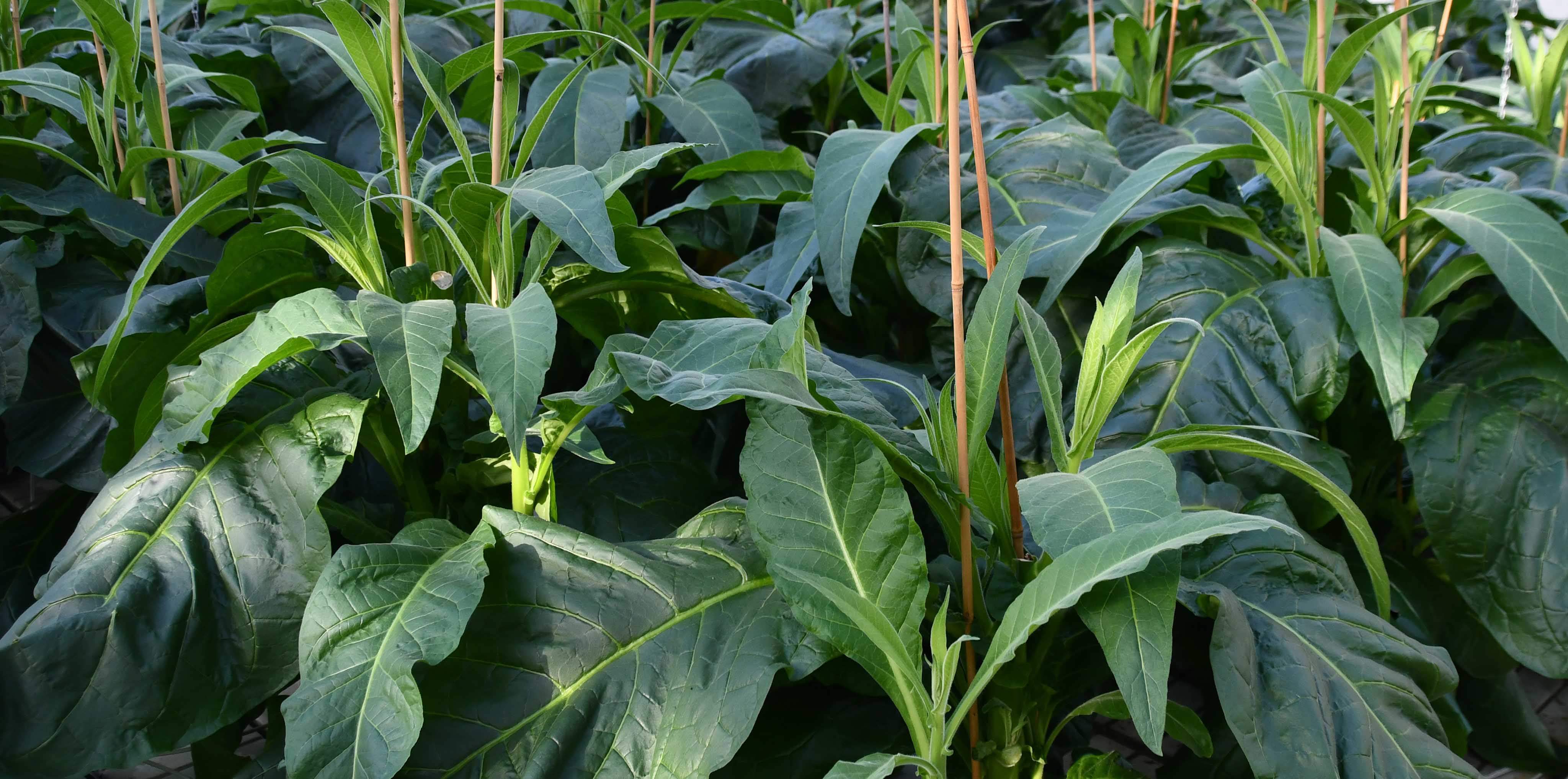In times of a rapidly growing world population, advancing climate change and a shortage of arable land, securing global food supplies is one of the greatest global challenges facing humanity. In order to meet this challenge, a drastic increase in agricultural production is an outstanding goal, in addition to a fairer distribution of food. Increasing plant biomass, i.e. increasing the yield of crops, is of fundamental importance in this context and is consequently the focus of modern plant breeding.
In the “Functional and Applied Genomics” department of Fraunhofer IME at the locations Aachen and Münster, we investigate modifications of plant architecture. The architecture as a three-dimensional organization of a plant comprises the branching pattern, the plant height, the arrangement of the leaves, the structure of the reproductive organs and the root. Plant architecture is of great agronomic importance as it determines a plant's adaptability to cultivation and its potential yield. With the knowledge of how modifications affect architecture, we can increase biomass and yield of plants using modern breeding methods.
 Fraunhofer Institute for Molecular Biology and Applied Ecology IME
Fraunhofer Institute for Molecular Biology and Applied Ecology IME